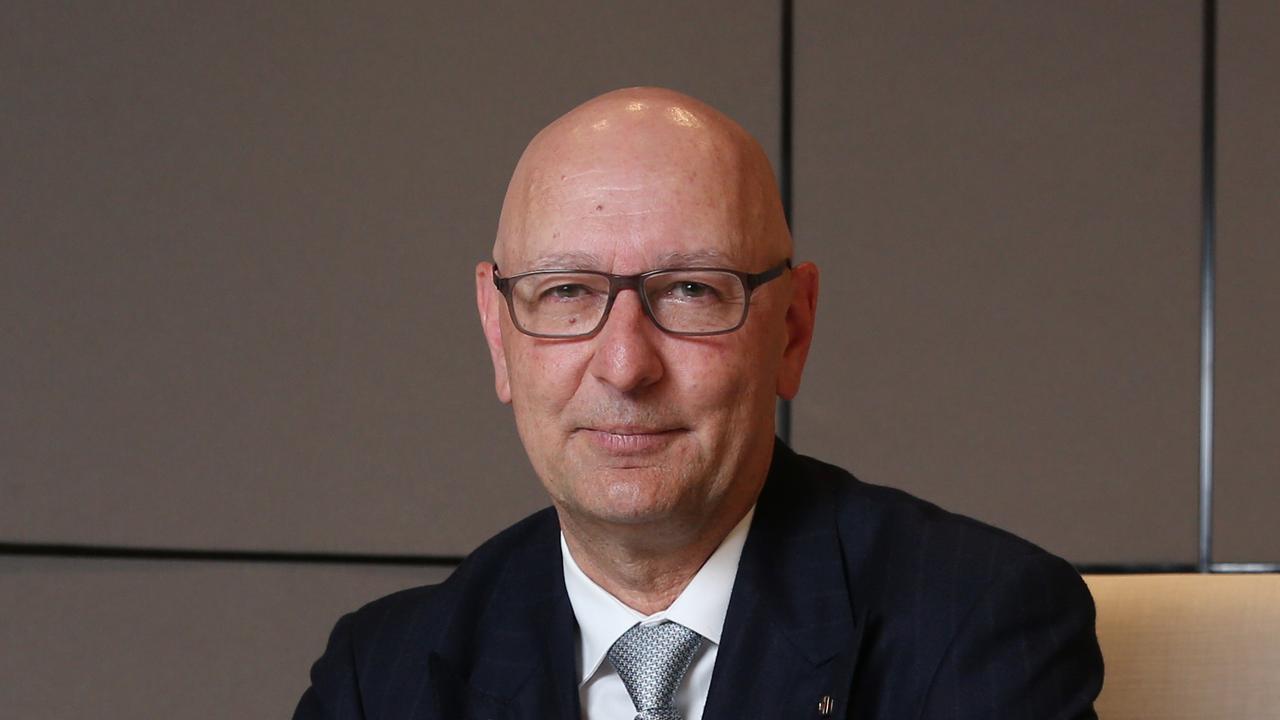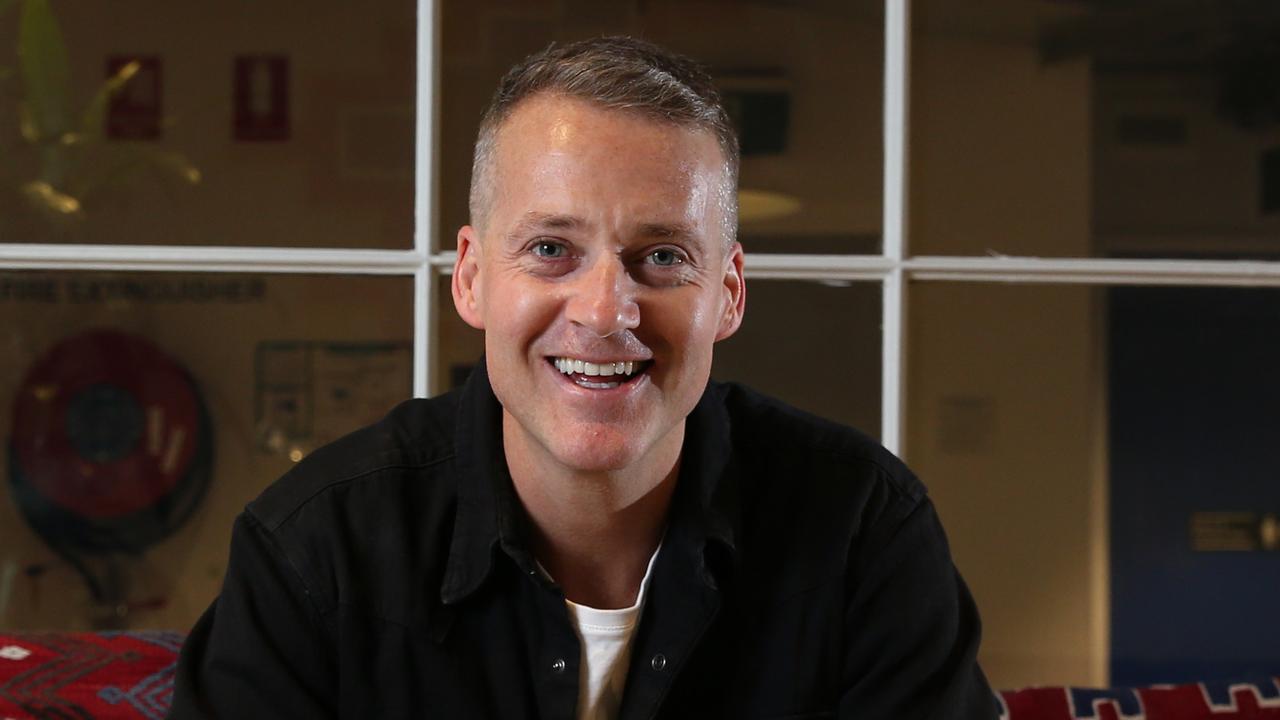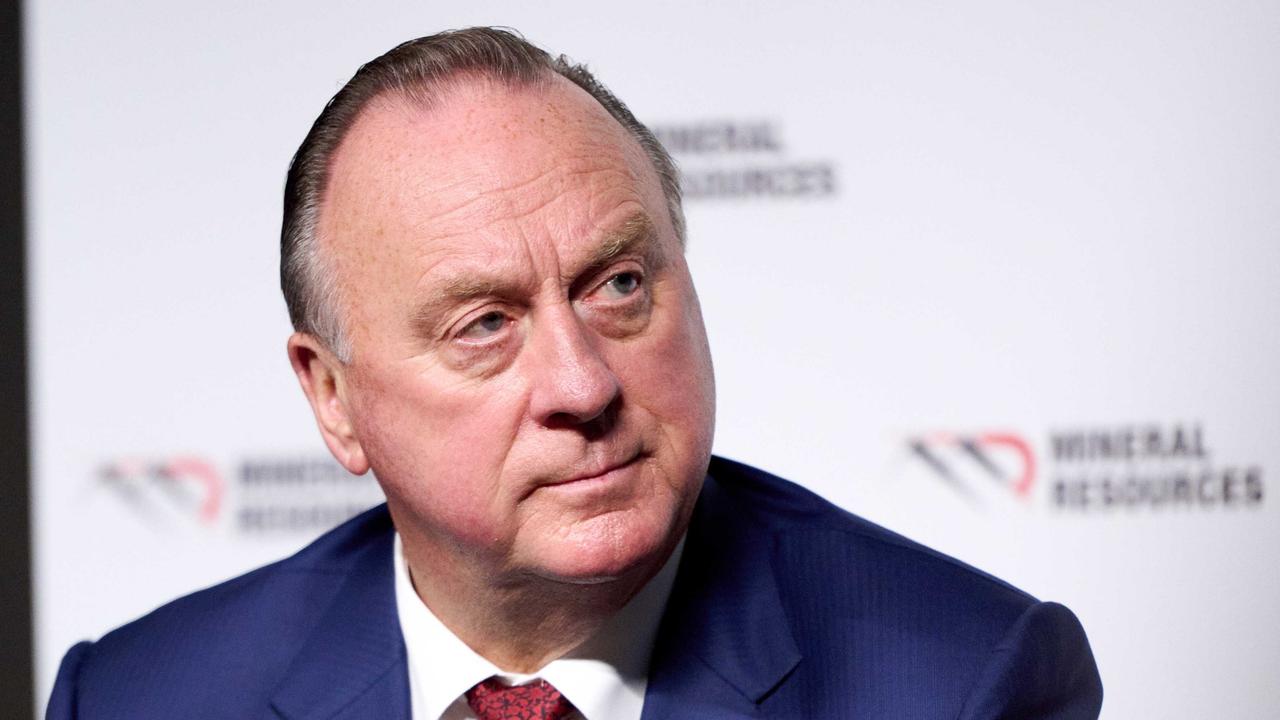Why the banks will hike interest rates before the RBA
Australia’s big four banks are pretty much a carbon copy of each other and they are all likely to start lifting variable interest rates before the RBA moves.
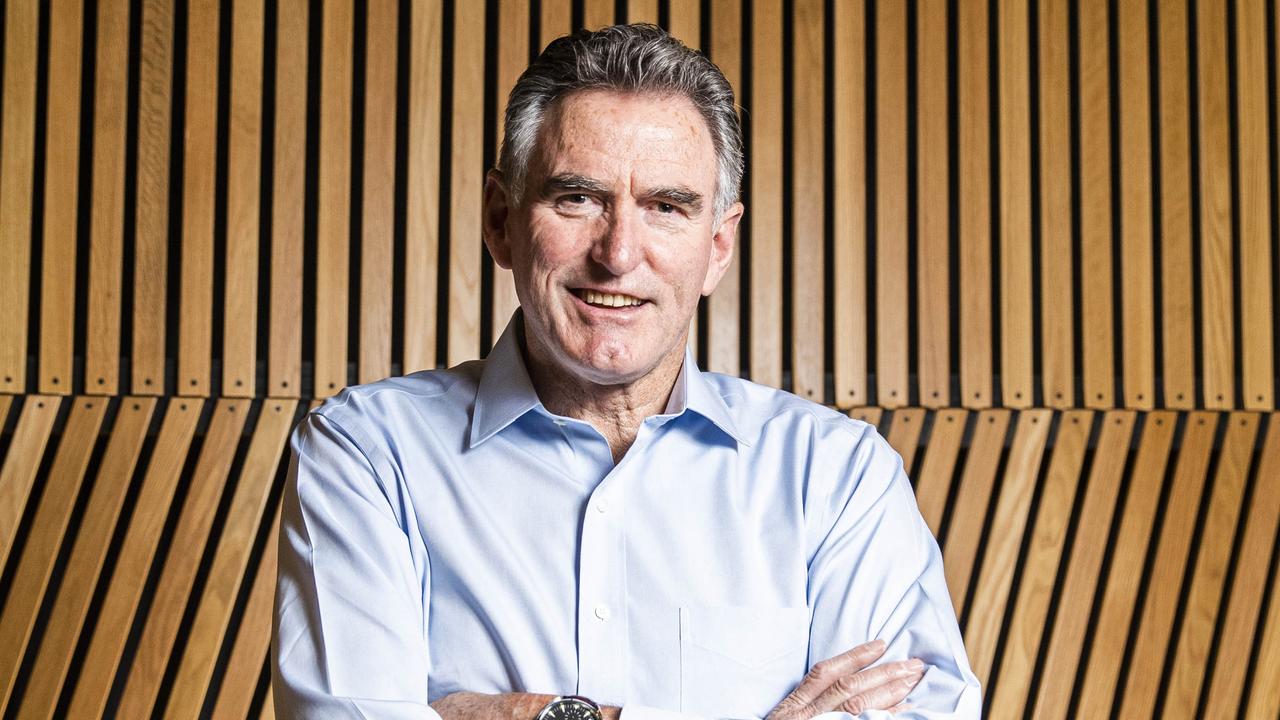
Business
Don't miss out on the headlines from Business. Followed categories will be added to My News.
NAB has rounded off the four big bank results – a full half-year result for the CBA, three-month periods for the other three.
What do they tell us about bank profitability; what do they suggest about when, how quickly and by how much interest rates will rise? For depositors and home loan borrowers – and indeed SMEs?
Despite seeming significant dramatic differences in the press releases – Westpac led off with an 80 per cent profit leap; CBA claimed a more modest 26 per cent rise; NAB ‘only’ 12 per cent; and ANZ didn’t say anything at all, as it’s dropped quarterly profit reporting – they were at core all very similar.
Outside spectacular one-off disasters, they pretty much always are, because one big four bank is pretty much a carbon copy of each of others.
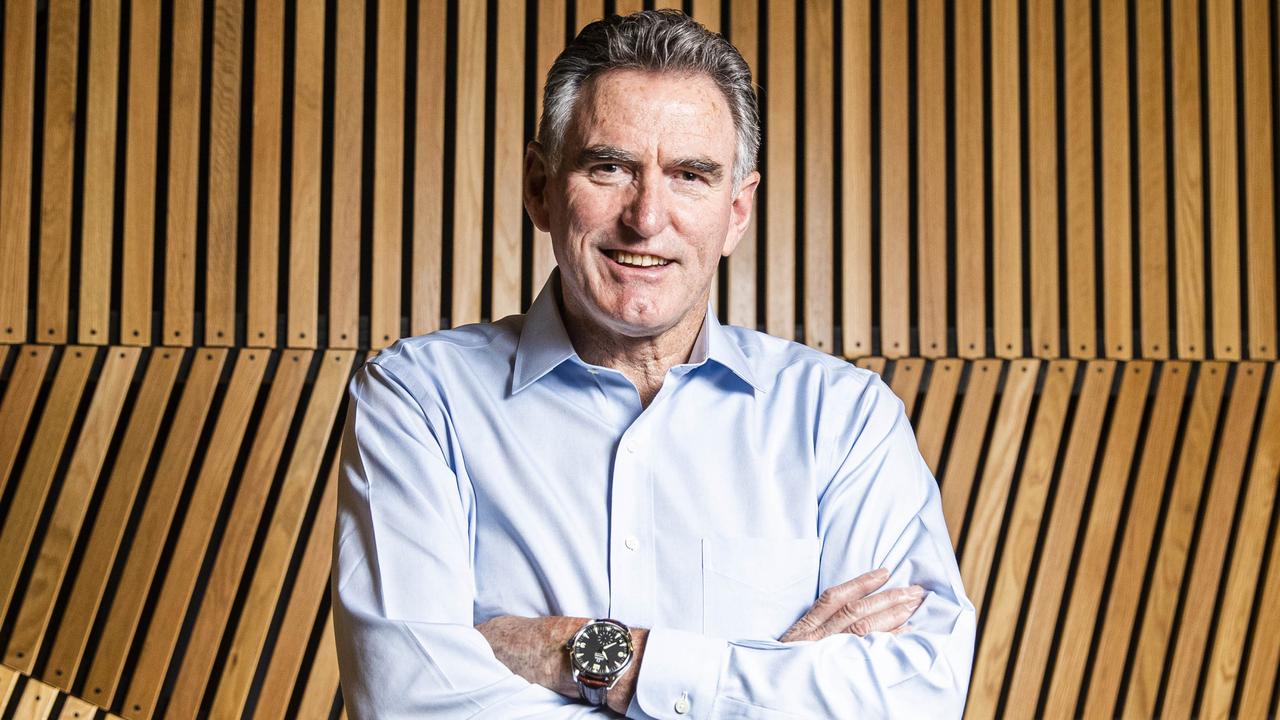
It’s almost unique in the world – Canada comes closest – the way our big four run almost identical businesses; and which, despite the big salaries they pay each other, are actually pretty simple. You do not have to be a rocket scientist to be a bank CEO.
The majority of the business and so where most of the profit comes from, is making home loans: borrowing at X and lending at X-plus 2 per cent, virtually risk-free, to, again, mostly owner-occupiers but increasingly also investors.
For the last year-and-a-half, the Reserve Bank has made it even simpler and even less riskier.
The RBA mandated they got to borrow mostly at zero interest, and lend out at around 2 per cent.
Further, with all that demand for property thanks to those very low rates enticing borrowers and sending property prices continually rocketing, any loan quickly becomes a smaller portion of the property value.
That’s to say, the borrower quickly builds up equity in the property; and the bank-lender equally builds up a bigger buffer on any potential loss.
So all the banks scored similar loan growth around the 8-12 per cent level, and underlying profit growth slightly less, depending how they actually measured.
They all had to flat-to-muted growth in expenses, except for Westpac which claimed a 7 per cent underlying drop, but which was also going through the more dramatic post-Hayne sloughing off of its wealth businesses and so was shedding staff.
As noted, banks made their – billions of dollars of – money, through their net interest margin. All of them reported a drop in margin, ranging from 5 points for NAB to 9 points for CBA.
But their real drops were less, ranging from 2 points to 5 points.
As I discussed with CBA, the big thing they’ve had, was the RBA mandating they got their deposits interest-free.
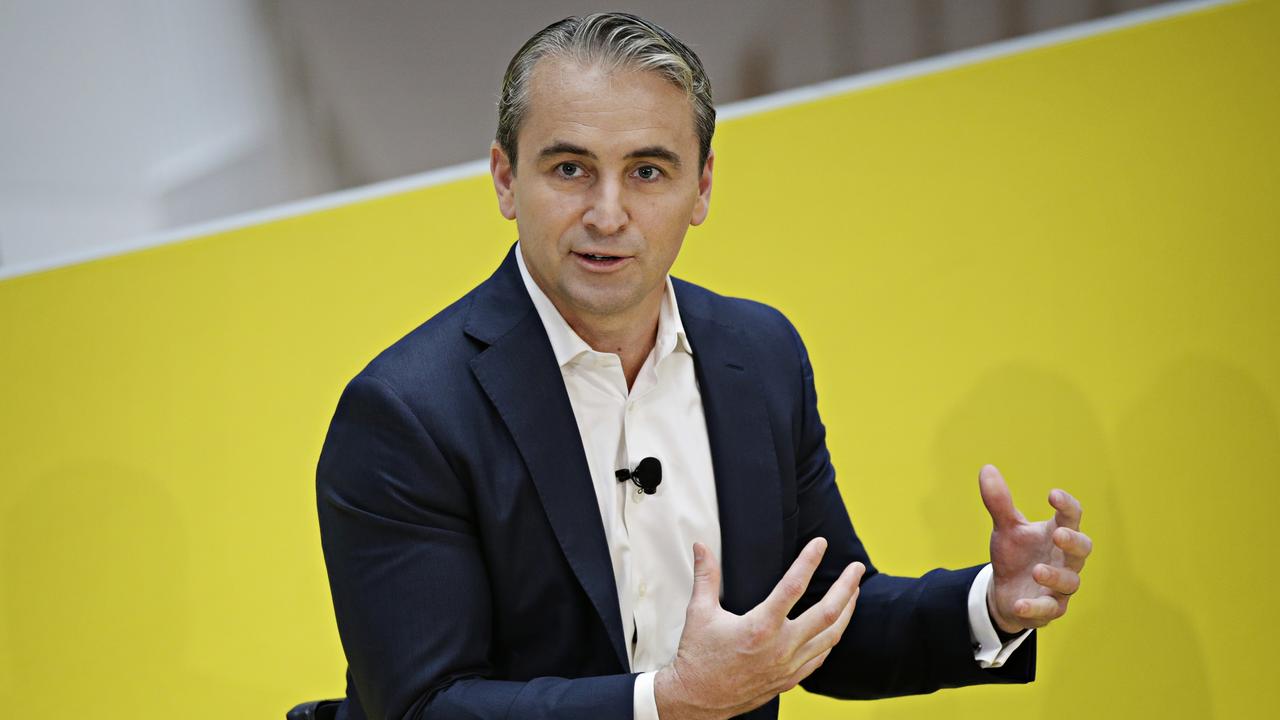
But that also meant, they got bitten themselves; they also only got zero on their own (multi-billion dollar) cash deposits back with the RBA and elsewhere.
The smaller real drops in their NIMs measured the margin between their mortgage loan rates and their deposit rates – excluding the ‘cost’ of getting zero interest on their ‘liquids’.
Why did the NIMs fall, even just a tad? Because of the start of rising rates in the US flowing into the cost of their non-deposit funding.
In short, they had to pay more to the ‘big-end of town’ while they kept paying zip to depositors.
Obviously, when the RBA lifts its official rate, they’ll have to start paying more to depositors.
But they are also likely to – finally - start paying more to depositors, as rates on all the ‘other’ sources keep rising, especially when the Fed starts hiking in March, ahead of any RBA rate rise.
When and if they do, that will then feed into rising (variable) home loan rates, likely starting before the RBA moves, as the fall in their NIMs accelerates through this June half.
Originally published as Why the banks will hike interest rates before the RBA






